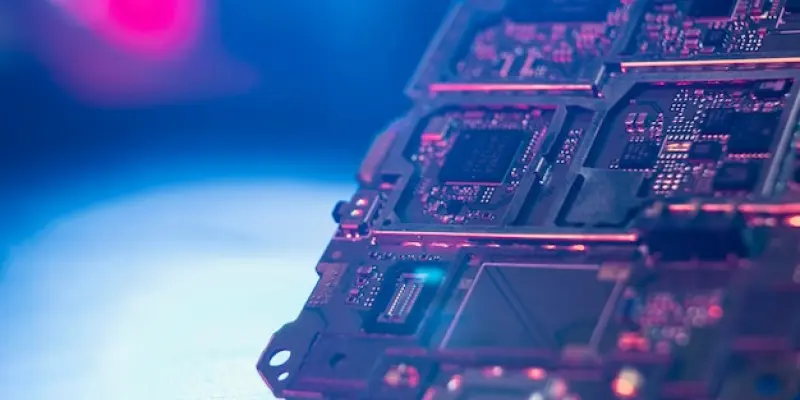The global technology landscape has seen rapid advancements, with AI playing a pivotal role in transforming various industries. Recently, Intel, under the new leadership of CEO Lip-Bu Tan, has embarked on a formidable restructuring effort aimed at regaining its lost ground in the AI and semiconductor markets. This ambitious overhaul comes in response to industry experts pointing out Intel’s declining influence in the AI sector, primarily due to its inability to capitalize on early opportunities and the suboptimal performance of its AI accelerators. With a revamped leadership structure and a renewed focus, Intel’s new strategy aims to directly address these challenges and reposition the tech giant as a frontrunner in AI innovation.
Leadership Restructuring and Strategic Shifts
One of the most significant changes initiated by Lip-Bu Tan involves the flattening of Intel’s leadership structure. By reducing hierarchical layers, Tan enables more direct reporting lines to himself, which is anticipated to expedite decision-making processes and foster greater collaboration. Michelle Johnston Holthaus has been tasked with overseeing Intel’s Products division, ensuring that the company’s product offerings remain competitive and innovative. Additionally, Sachin Katti has been appointed as the new chief technology officer and AI chief, bringing fresh perspectives and expertise to Intel’s AI endeavors. Tan’s hands-on approach is evident as he engages closely with engineering and product teams, emphasizing the need for robust and efficient AI solutions.
This restructuring is not merely a change in personnel but signifies a strategic shift in Intel’s operations. By placing capable leaders in critical positions, Tan aims to invigorate the company’s AI initiatives and overcome previous shortcomings. The emphasis on direct authority and streamlined communication channels underscores Intel’s commitment to fostering a more agile and responsive organizational environment. This approach is crucial as the company strives to keep pace with competitors like NVIDIA and AMD, who have consistently been at the forefront of AI-powered technologies.
Addressing External Challenges and Market Realities
Intel’s path to reclaiming AI dominance is fraught with external challenges, notably the export restrictions imposed by the Trump administration. These restrictions have limited Intel’s ability to sell new hardware in China, one of the most lucrative markets for AI technologies. This constraint presents a significant hurdle, as the company must navigate geopolitical complexities while maintaining a competitive edge. Tan’s leadership must innovatively address these market limitations, potentially seeking alternative markets or developing strategies that comply with export regulations without compromising technological advancements.
Furthermore, Intel must contend with technological advancements made by its rivals in the AI space. NVIDIA’s dominance in GPUs and AMD’s strides in AI computing have set high benchmarks that Intel must match or surpass. This competitive pressure necessitates an unwavering focus on research and development, ensuring that Intel’s AI solutions are not only advanced but also commercially viable. Tan’s decisive approach, characterized by strategic investments and rigorous oversight, aims to position Intel favorably against these industry titans, laying the groundwork for a potential resurgence in the AI domain.
Prospects for Reclaiming AI Dominance
The global technology landscape continues to see rapid advancements, with artificial intelligence (AI) being a critical driver in transforming various industries. Recently, Intel, now under the leadership of new CEO Lip-Bu Tan, has initiated a significant restructuring effort to reclaim its position in the AI and semiconductor markets. This ambitious overhaul is a response to industry experts who have highlighted Intel’s declining influence in the AI sector. The company has struggled to capitalize on early opportunities and has faced criticism for the subpar performance of its AI accelerators. With a restructured leadership team and a focused strategy, Intel’s new approach aims to tackle these challenges head-on. The renewed focus is intended to reposition the company as a leader in cutting-edge AI technology and innovation. The goal is to regain its lost ground and establish Intel once again as a frontrunner in the AI landscape. As the technology sector evolves, Intel’s proactive measures and strategic realignment are essential to competing effectively and maintaining a prominent role in AI and semiconductor advancements.

